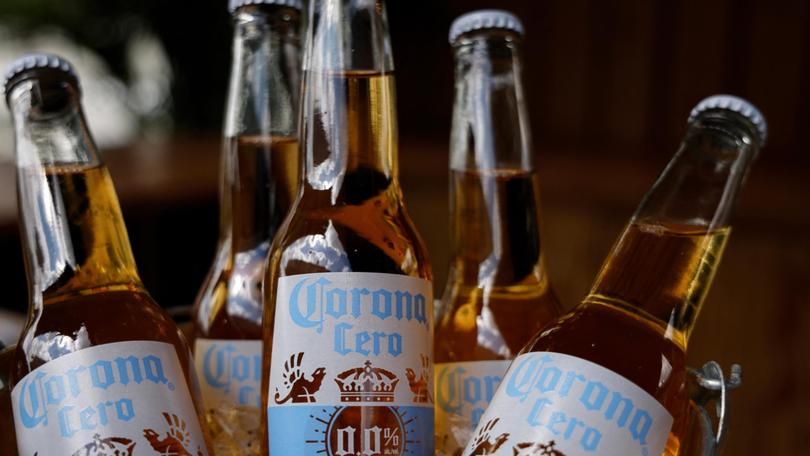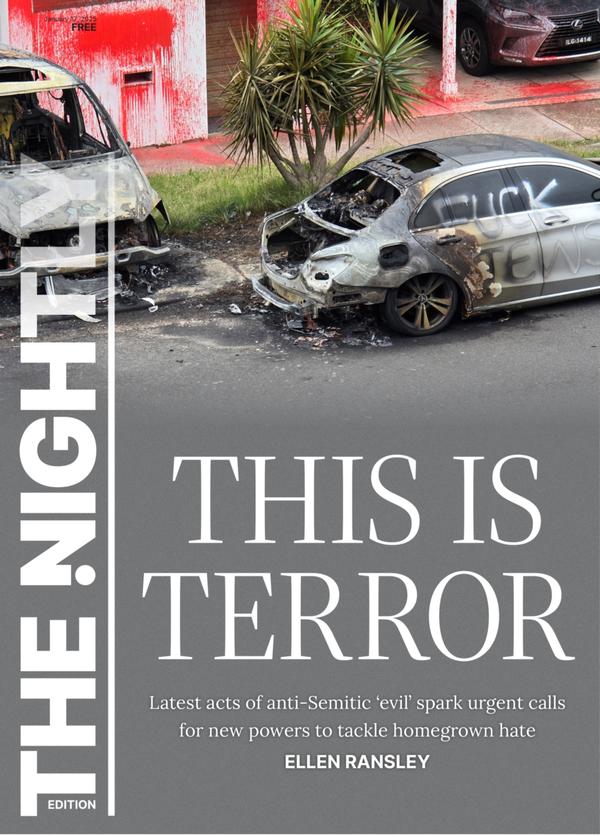The Economist: Alcohol-free booze is becoming big business

Dry January is under way. After the excesses of the festive period, nearly one-third of Americans are expected to give up, or at least cut down on, alcohol this month. Many will save money.
Some will lose weight. And a growing number will still continue to drink their favourite tipple — or at least something close to it.
The teetotal and “sober curious” are no longer restricted to fizzy drinks, fruit juice or plain old water.
Sign up to The Nightly's newsletters.
Get the first look at the digital newspaper, curated daily stories and breaking headlines delivered to your inbox.
By continuing you agree to our Terms and Privacy Policy.The market for non-alcoholic booze — including beer, wine and spirits — has been flying of late. Global sales came to nearly $US20 billion ($32b) in 2023, according to the latest data from Euromonitor, a research firm, double the amount of five years before.
The market grew by roughly 20 per cent in 2023, compared with 8 per cent for alcoholic drinks. How big will it get?
Demand for alcohol-free drinks is not limited to Dry January. A growing number of health-conscious youngsters are going sober all year round.
The share of Americans aged 18-34 who drink alcohol has dropped to 62 per cent, according to the latest figures from Gallup, a pollster, compared with 72 per cent two decades earlier.
Many who do booze are having fewer drinks; “zebra-striping”, or alternating between alcoholic and alcohol-free drinks, is in vogue. More Americans may join the sober trend if the US surgeon-general gets his way.
On January 3 he called for alcoholic drinks to come with a label warning of their carcinogenic effects.
In response to all this, many booze giants have been developing alcohol-free lines. Diageo, one of the biggest, spent two years experimenting with 400 different recipes for an alcohol-free version of its Captain Morgan Spiced Gold rum.
It recently bought Ritual, a non-alcoholic drinks brand. LVMH, owner of Möet & Chandon champagne, has invested in French Bloom, a brand of alcohol-free sparkling wines.
Nadine Merahi of Bernstein, a broker, reckons that drinks firms are not cannibalising their sales by producing alcohol-free products. Some consumers see zero-alcohol alternatives as a substitute for fizzy drinks, rather than booze.
Over 94 per cent of Americans who buy alcohol-free alternatives still buy alcoholic drinks, too, according to Nielsen, a data company.
Non-alcoholic alternatives also tend to be more profitable than alcoholic drinks, as they are priced only a little lower but are taxed more lightly.
Still, making alcohol-free drinks that taste like the original is not easy.
The beer industry, which began producing alcohol-free products in the 1970s, is furthest along in this.
That is partly why beer makes up 89 per cent of sales of non-alcoholic drinks, with wine and spirits accounting for just 7 and 4 per cent respectively, according to Bernstein.
Rather than heating beer to evaporate the alcohol, which ruins the flavour, producers have come up with various alternative brewing techniques, many of which are closely guarded secrets.
The Athletic, a popular brand in America, is trying to patent parts of its production process.
The race is now on to develop techniques for alcohol-free wine. Although there are ways to remove alcohol from wine, including reverse osmosis, which involves filtration, and spinning-cone technology, which uses centrifugal force, these often ruin the taste, too.
Whereas beer gets its flavour from hops and carbonation, alcohol gives wine much of its flavour and mouthfeel. “We are 20 years behind beer,” says Moritz Zyrewitz, founder of Gentle Wine, a German low- and no-alcohol brand.
There are other challenges to further expanding the non-alcoholic-booze business. Some consumers baulk at the price of products. Alcohol-free aperitifs, which are mostly a mixture of spices and botanicals, can sell for around $US40 a bottle.
In a recent survey of Americans by The New Consumer, a website, and Coefficient Capital, an investment firm, 38 per cent of respondents said that non-alcoholic drinks should cost “a lot less” than alcoholic ones.
Social pressure also continues to be a barrier. In a survey of five countries by Heineken, a brewer, and the University of Oxford, 15 per cent of respondents said they had been “called out” by others for choosing a non-alcoholic drink.
Brands are doing what they can to lift the appeal of alcohol-free alternatives. Corona Cero, produced by AB InBev, another drinks giant, was an official sponsor of last year’s Olympic Games; Heineken 0.0 sponsors Formula One.
Lucky Saint, another alcohol-free beer brand, opened its own pub in central London, which serves both alcoholic and non-alcoholic brews.
Celebrity booze startups that offer non-alcoholic alternatives may also help convert drinkers. Blake Lively, an actress, Katy Perry, a singer, and Lewis Hamilton, a Formula One driver, have all launched drinks brands in the past few years that offer non-alcoholic booze.
For now, alcohol sales, which reached $US1.8 trillion globally in 2023, are hardly slumping. Spending in many developing economies continues to rise along with incomes.
And the overall share of Americans who drink alcohol has remained steady at around 60 per cent over the past two decades, according to Gallup.
More intemperate older consumers are making up for the sobriety of youngsters. Retail sales at beer, wine and liquor stores in America continue to climb steadily. Plenty of consumers will celebrate the end of Dry January with a full-strength tipple.
